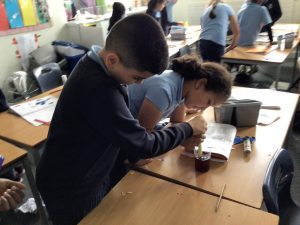
Planting some apple ?
One of our superstars has planted some apple ? seeds to see if they grow #smithdownsci #smithdowneyfs
44
One of our superstars has planted some apple ? seeds to see if they grow #smithdownsci #smithdowneyfs
44
Making unicorn ? playdough today to develop fine motor skills and see what happens when cornflour is mixed with hair conditioner #smithdowneyfs #smithdownsci
40
Exploring changes of state through messy play. #smithdowneyfs #smithdownsci
36
We love incorporating baking into our Understanding the World lessons! We watched how the cake mixture changed state after we added water. #smithdowneyfs #smithdownsci
39
Tasting different foods last week as part of learning about our bodies- some were a bit sour! #smithdowneyfs #smithdownsci
37

Year 1 have been naming the body parts in science this week. #smithdownscience @SmithdownPrimY1
37
Year 1 have had great fun labelling the body parts in science today. Well done! #smithdownscience @SmithdownPrimY1
40
Lots of exciting science activities waiting for you today Year 1! #smithdownscience @SmithdownPrimY1
41
We’ve been having lots of fun labelling human body parts today #smithdownsci @SmithdownPrimY1
41
Thank you to all the families who came to our stay and learn session today.
41
We have been exploring different push and pull forces that require contact between two objects. Lots of toys and actions helped us understand these forces. Year 3 did a great job of organising the forces into our Venn diagram. #smithdownsci
35
We are looking at life cycles in science, so now have 40 caterpillars that we are going to watch transform into butterflies. We have given them food, and are going to monitor them turn into chrysalises. #smithdownsci @MrsKellyx @MissGuy_
40
Kicking our electricity topic off in @SmithdownPrimY4 by thinking about what electrical appliances we have at home #smithdownsci
36
Great afternoon with 4KM back to doing what we love the most – investigating!! This time, circuits. They took up the challenge of making the light bulb light ? #smithdownsci @SmithdownPrimY4
38
4LA ~ Sorting mains and battery powered appliances today, then working scientifically to test our predictions about positions of components in a circuit @SmithdownPrimY4 #smithdownsci
34
4KM testing predictions about complete and incomplete circuits #smithdownsci @SmithdownPrimY4
39
Today we kicked off our topic and @Curriculum_USP project in @SmithdownPrimY2 by recapping what an animal is and learning about vertebrates/invertebrates @baronbedford @Edu_Meadows #smithdownsci
45
4LA hard at work exploring switches in circuits #smithdownsci
35
3KMc exploring how opposite poles repel and like poles attract with magnets #smithdownsci @SmithdownPrimY3
38
Deep in conversation about animal offspring in matching mothers to young #smithdownsci @baronbedford @Edu_Meadows
131
We then focused on how animals mature by looking at some life cycles. Mr. Ma let the Y5 caterpillars visit KS1 and just look at their faces. We identified some at pupa stage for some science in action #smithdownsci @baronbedford @Edu_Meadows
42
4KM exploring conductors & insulators this week @SmithdownPrimY4 #smithdownsci
37
4LA exploring conductors & insulators @SmithdownPrimY4 #smithdownsci
40
After learning about life cycles, @SmithdownPrimY5 kindly invited us to watch their butterfly release this afternoon. 4 classes of pure excitement ? #smithdownsci @SmithdownPrimY2
44
Lots of discussion with our connect retrieval task today matching features of different stages of development. It was lovely to hear some of our fabulous new vocabulary being used independently #smithdownsci @SmithdownPrimY2 @baronbedford @Edu_Meadows
40
We investigated the question are the oldest children the tallest today in @SmithdownPrimY2 #smithdownsci
147


Year 2 have been sorting things into 3 categories – alive, dead and ever been alive. We had a lot of fun looking at some living things from the playground too!
36
Year 2 have been sorting items into Alive, Dead and Never been alive. We looked at the characteristics of Living Things by using MRS GREN.




Year 2 have been sorting things into 3 categories-alive, dead and never been alive. We had a lot of fun looking at the things that were alive too!
34
Yesterday RLMc had lots of fun visiting Speke Hall. We looked at the changes for Autumn and we even saw a sleeping giant! We visited the giants house, kitchen, music room and even his playground. It was lots of fun!
43

5NA went to a solar system workshop at UCLAN. We did lots of investigations all about the solar system! 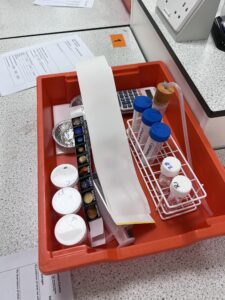



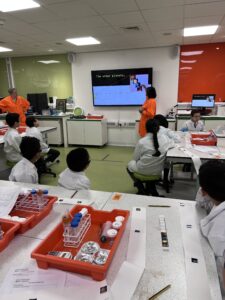


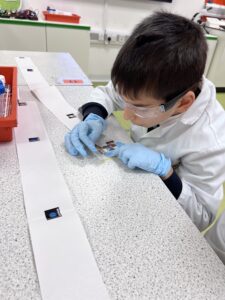










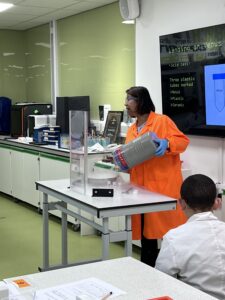




Year 1 were very excited to have a visit from lots of animals today!
47
Year 1 had a visit form lots of animals today to celebrate our learning in science.
38

We combined science with history with our TIME topic and looked at how tools to tell the time have changed over the years. We created a timeline of discoveries and measured out our own sundials with our protractors.
23
3KM have been working scientifically by exploring the question ‘do we need light to see things?’
The children had 5 boxes with a different item in each. They had to peer through the hole in the box and make a predication on what the object could be. When more light was added to the box, some objects could be seen a lot easier than others. 




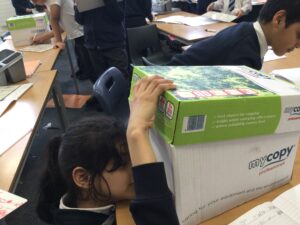



As part of our ‘Circulatory Unit’ in Science, we devised our own investigations (in small groups) to find out about the effect of exercise on our heart rate. Some groups changed the exercise carried out, some changed the number of repetitions and some changed the time set. All results were recorded and are to be discussed in order to draw our conclusions.
16
Year 3 made predictions of what materials they thought would be the most reflective and the least reflective. They then tested that and checked to see how much light was reflected off each one. We spoke about material characteristics and why they absorbed or reflected some or a lot of the light.
15
Year 3 used a very old way of producing photographs without a camera. We used light sensitive paper to create a cyanotype capture. The children created their designs using natural resources found around schools – similar to Anna Atkins.
15
For our first lesson about plants we have been on the playground to look for plants, seeds and animal evidence.
52
Year 3 had a great afternoon exploring shadows. Thankfully we got a lovely sunny day to complete this lesson. We drew our shadows and after some time we returned outside and noticed how the position of the sun meant our shadows had moved. 



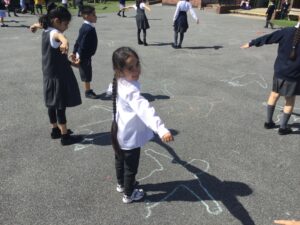

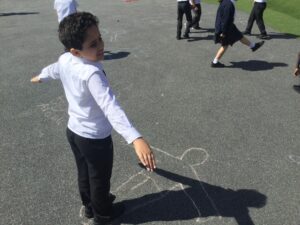








We have been learning about spiders this week and have been looking at similarities and differences.

We had a fantastic day at the University of Liverpool on Friday. We took part in workshops related to Maths and Science…. including sitting in mini Planetarium!
23
Year 3 explored the different parts of a flowering plant. We found out that there are male and female parts and that bees and other insects help move pollen from flower to flower.
8

We used celery to investigate how xylems transport water and nutrients to the rest of the plant. Watch this space and see what we find out! 


Year 3 had an exciting afternoon learning about how water is transported around pants. We completed an experiment with a celery stick and food colouring. We made a prediction about what might happen to the celery. Come back next week to see the results.
